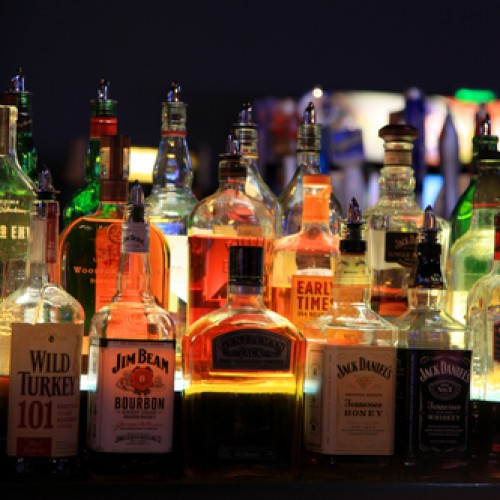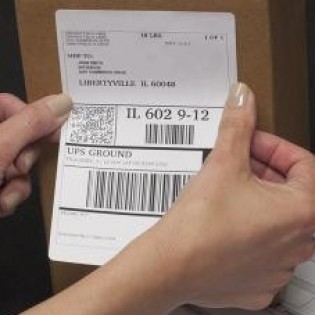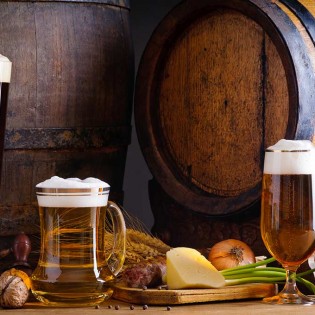Think about the last six-pack beer you enjoyed, or the bottle of wine you bought for your loved one or your favorite whisky. They all have one thing in common – labels. The labels display so many things from product price and logo all the way to content, country or origin and expiry date.
To a layman, all the aforementioned details on a label may seem normal or ‘not a big deal’. A label vendor or even a product packaging expert will however highlight why the labels are important. For instance, it is a legal requirement for product labels to inform consumers if a product is locally made. If not, then the label must indicate country of origin of a product. That is why your favorite liquor features labels that indicate factors such as the ingredients used to make the liquor. Other than that, liquor labeling calls for the following requirements.
Geographical Origin
Geographical origin is one of the most common liquor labeling requirements. It provides protection rights for beverages that have a geographical distinct. It also describes a product that has quality, characteristic or reputation that is only attributed to its origin. This is important, not just as a legal requirement but also the consumer’s knowledge. In other words, a wine connoisseur will most likely ignore a wine bottle that does not mention where the wine’s country of origin.
Ingredients
Standardized alcoholic beverages such as beer, wine and whisky are exempted from displaying their list of ingredients. This is not the case with unstandardized alcoholic beverages. They must display a complete list of ingredients as well as their components on their labels. This is a mandatory requirement by the FDR. It helps to ascertain if an alcoholic beverage is fit for human consumption.
Additives
You deserve to know the amount of preservatives or processed sugar in your favorite malt. These two are the most common additives used in products used for human consumption. The same rule applies to alcoholic beverages that have alcohol content of more than 1.5%. Sulphites, gluten sources and allergens must also be displayed on a label if they are part of the ingredients used to process an alcoholic drink.
Alcohol Percentage
Picture this scenario. You buy a bottle of wine that does not have any label. The wine looks non-alcoholic. One glass later, you’re so drunk you can barely walk. You certainly would have ignored the wine bottle if you knew it wasn’t nonalcoholic. This is just but a scenario that explains why it is important to label alcohol percentage in alcoholic drinks.
All alcoholic beverages containing more than 1.1% of alcohol by volume must declare the percentage of alcohol in the product. The percentage of alcohol in the beverage must be declared as x% by volume or abbreviated as x% a|c/ vol. The declaration has to be shown on the principal display panel. The display surface includes any area on the container excluding the top and the bottom i.e. any area that is visible without having to turn the container.
Lastly, the term light can be used on certain blend of alcoholic beverages that possess only specific amount of alcohol content. For instance, cider can only be labeled as light if it contains 4% or less of liquor, wine 9% or less and whisky 25% or less.







